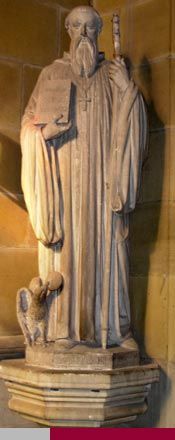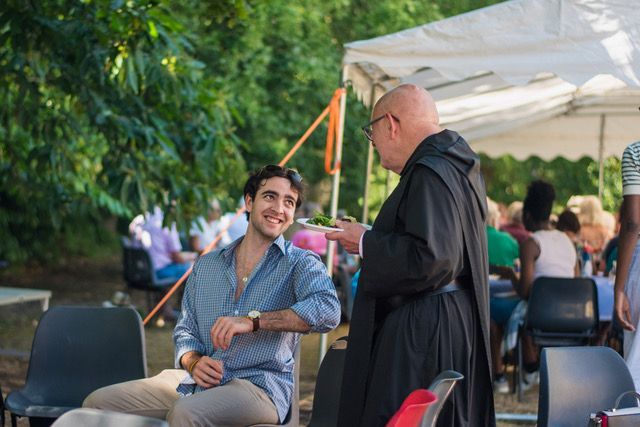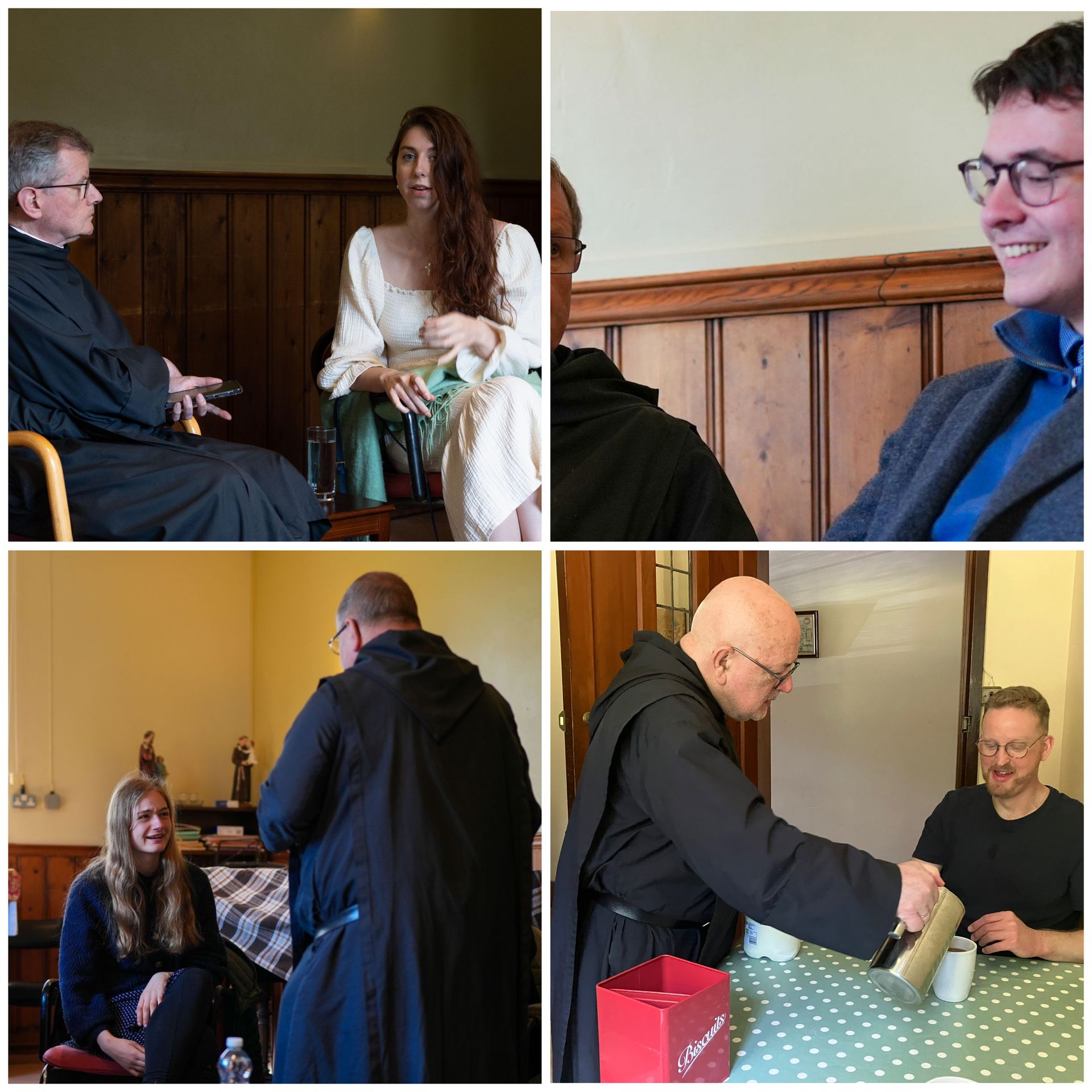ABOUT ST BENEDICT
In the sixth century, St Benedict was one of many abbots who wrote a Rule for monks. He had established monasteries at Subiaco and Monte Cassino in Italy. These were destroyed by the barbarian invasions but a few manuscripts of his Rule survived and were carried by refugees to other monasteries in Rome, North Italy, and Gaul (modern day France). In the course of two centuries the use of the Rule spread, and it was largely due to the influence of Charlemagne that it acquired a monopoly in the West. In this way, St Benedict came to be considered the founder of the 'Black Monks' of the Middle Ages, called from that time the ‘Order of St Benedict’.
The Subiaco Cassinese Congregation
In the fourteenth century, in an attempt to improve the observance in Benedictine monasteries, the Fourth Lateran Council advocated the setting up of Provincial Chapters from which emerged some national congregations.
In the fifteenth century, the Congregation of St Justina of Padua, afterwards called the Subiaco Cassinese Congregation was established. From it sprang our own congregation which was approved by Pope Blessed Pius IX in 1867, under the title Cassinese Congregation of the Primative Observance, afterwards the Subiaco Congregation.
The Abbot President of the Subiaco Cassinese Congregation resides at the Congregation’s Curial house, Sant Ambrogio in Rome.







